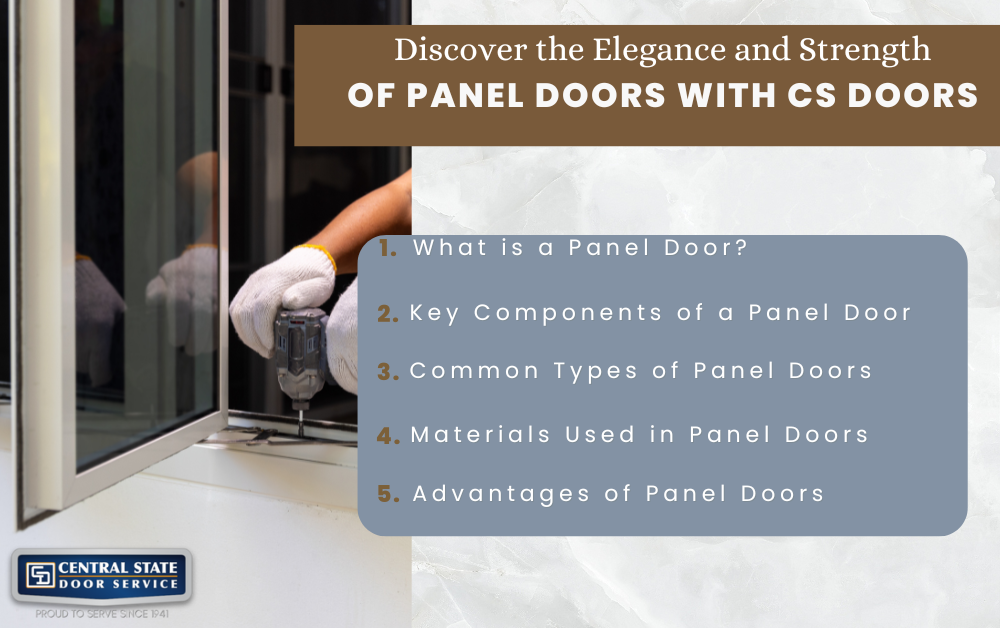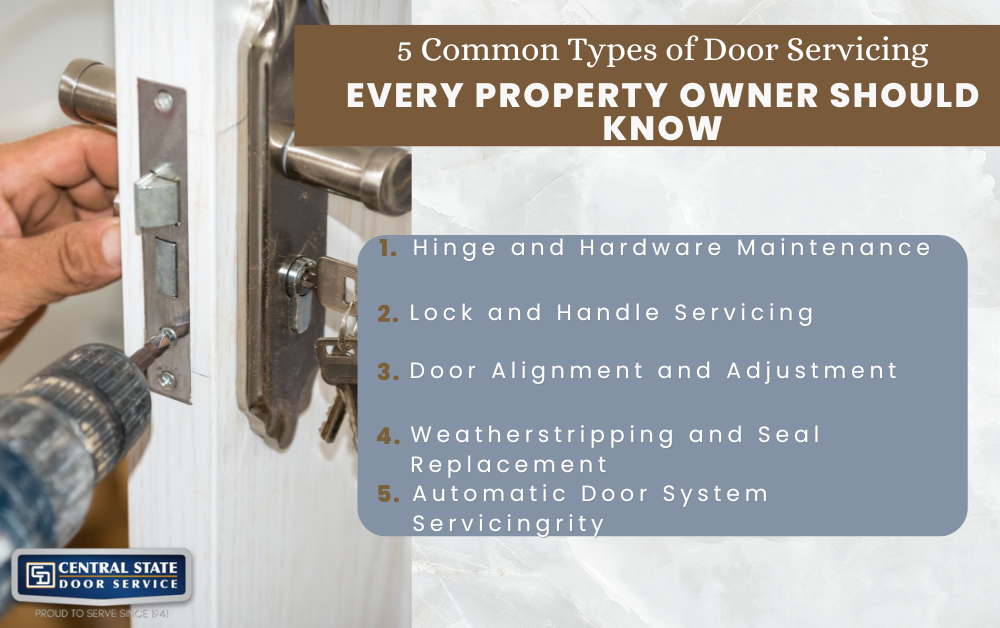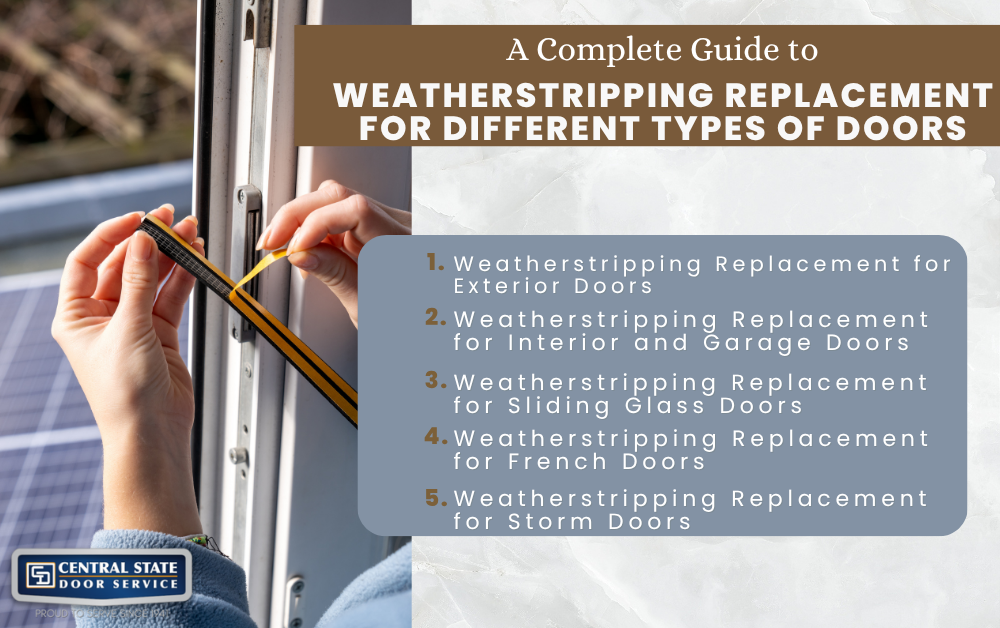When selecting the ideal door for your home or business, it’s crucial to find one that strikes a balance between functionality and visual appeal. Panel doors have long been a staple in architecture due to their timeless look and durable construction. At CS Doors, we specialize in high-quality panel doors designed to meet a broad range of unique needs, from residential interiors to commercial exteriors. With numerous design options and materials available, panel doors offer unmatched versatility. Whether you’re building new or renovating, understanding what makes these doors so popular is key to making an informed decision.
What is a Panel Door?
The Structure of Panel Doors
A panel door is made using a framework composed of stiles running vertically and rails running horizontally to construct the perimeter and structural backbone of the door. Inside this frame, panels are inserted to fill out the door’s face. This traditional method of construction not only adds strength but also creates depth and texture that flat doors lack. The overall appearance can range from simple to elaborate, depending on how the panels are styled. This makes panel doors a popular choice in both modern and traditional architectural settings.
Materials in the Panels
The panels within the frame can be crafted from various materials, including solid wood, glass, metal, or engineered wood products. Each material lends a unique characteristic to the door’s appearance and performance. Wood panels bring warmth and richness, while glass adds light and a contemporary edge. Metal panels offer industrial strength and a sleek finish. The versatility in material selection leads to panel doors suitable for diverse applications. This design flexibility is one of the many reasons they remain a preferred choice among architects and homeowners.
Design Flexibility
Panel doors are highly adaptable in terms of design. Whether you prefer a clean, modern look with flat panels or a more classic aesthetic with raised panels, there is a panel door style to suit your taste. These doors can also incorporate decorative glass inserts or unique panel shapes to create a focal point. Because they can be painted or stained in virtually any color, they integrate seamlessly into both new builds and renovations. Their versatility ensures that panel doors remain timeless, evolving with changing trends while preserving their core structure.
Key Components of a Panel Door
Stiles and Rails
The stiles are the vertical sides of the door, while the rails connect them horizontally at the top, bottom, and sometimes the middle. These components form a rigid skeleton that gives the door its shape and strength. Properly joined rails and stiles ensure long-term durability, especially in high-traffic areas. The construction method also allows the door to withstand shifts in temperature and humidity more effectively than solid doors. This layered build improves structural stability, preventing warping or cracking over time.
Panels and Their Variations
Panels are the defining feature of a panel door and can vary significantly in design. They may be flat, offering a modern and streamlined look, or raised, providing a more traditional and elegant appearance. Some panel doors incorporate glass panels, offering brightness from natural light while maintaining discretion through frosted or decorative finishes. The variation in panel design allows for creative expression and architectural harmony. By adjusting panel size, material, and layout, the door can be tailored to any style preference.
The Role of Mullions
Mullions are optional vertical or horizontal dividers that separate the panels within the frame. While not structurally necessary in all designs, they add visual detail and help define the layout of the door. Mullions are particularly useful in multi-panel configurations, where they enhance the symmetry and design depth. They can also accommodate different panel materials in the same door, creating dynamic contrasts. Whether subtle or pronounced, mullions play a key role in elevating the visual appeal of panel doors.
Common Types of Panel Doors
Single Panel Door
The single-panel door is characterized by one large, uninterrupted panel that dominates the design. This minimalist approach is often used in contemporary spaces where simplicity is key. Its clean lines and uncluttered look make it ideal for modern apartments, offices, and minimalist homes. Despite its simplicity, the single-panel door can be customized with textures, finishes, or glass inserts for added interest. It’s a wise choice when you want functionality without compromising on modern style.
Multi-Panel Doors
Panel doors with two, three, or four sections offer a more traditional aesthetic and are frequently seen in colonial or vintage-style homes. Each panel is framed individually, adding depth and a balanced design. These doors are ideal for interior use where a classic appearance is desired, such as in formal living rooms or hallways. The symmetry of multi-panel doors adds a sense of order and refinement to any space. Their timeless appeal makes them a go-to option for a wide range of interiors.
Six Panel and Glazed Variants
The six-panel door is one of the most commonly used panel doors, especially in North American homes. It provides a balanced, symmetrical layout that complements both traditional and transitional interiors. On the other hand, glazed panel doors feature one or more glass panes, bringing in light and creating an open feel between rooms. These are particularly effective for interior doors between shared spaces or as exterior doors to patios. Both designs offer aesthetic value and practical benefits, making them popular in diverse applications.
Materials Used in Panel Doors
Natural and Engineered Wood
Wood continues to be a go-to material due to its traditional appeal and adaptability used in panel doors. It offers a rich, warm look that adds character to any space. Hardwood species like oak or maple are commonly chosen for their durability and grain patterns. Engineered wood options like MDF provide a smoother finish and are cost-effective, especially for interior doors. Painting or staining these materials makes it easy to match any décor. Wood’s natural insulating properties also contribute to energy efficiency and comfort.
Glass and Metal Combinations
Combining glass with wood or metal creates a stylish and modern aesthetic. Glass panels, whether explicit, frosted, or textured, allow natural light to flow through, reducing the need for artificial lighting. Metal frames add a sleek, industrial look that complements contemporary designs. This combination is often seen in office settings, loft-style homes, and areas where a sense of openness is desired. The mix of materials enhances both the form and function of the panel door, providing light, privacy, and design interest.
PVC and uPVC for Special Applications
PVC and uPVC panel doors are commonly used, and custom finishes such as paint or stain ensure compatibility with any laundry rooms and utility areas. These materials are lightweight, easy to clean, and highly resistant to water and humidity. They are also resistant to pests, rot, and warping, making them a low-maintenance alternative to wood. Though not as visually rich as wooden doors, modern PVC options come in various finishes and styles. Their practicality makes them a wise choice for specific functional spaces.
Advantages of Panel Doors
Built for Strength and Longevity
Panel doors are known for their robust construction. The framed structure of rails and stiles ensures they are built to resist daily wear and maintain their integrity. This design also helps reduce stress on the door, preventing issues like warping or sagging. Especially when made with hardwood or engineered materials, these doors can last for decades. Their strength makes them a reliable choice for both residential and commercial properties. Investing in a well-made panel door adds long-term value to your space.
Timeless Visual Appeal
One of the biggest reasons panel doors remain popular is their timeless look. They suit nearly every design style, from classic and colonial to sleek and modern. Their structured form adds depth and texture to a room, enhancing its overall aesthetic. Unlike trend-based designs that can go out of fashion, panel doors maintain their relevance year after year. This makes them a safe and stylish choice for both new constructions and remodeling projects. Their adaptability keeps them in demand across generations.
Functional and Customizable
Panel doors offer a wide range of functional advantages beyond their appearance. They can be customized for soundproofing, thermal insulation, or fire resistance, depending on the material and build. Glass inserts can be added for light and visibility, or solid panels for privacy and noise reduction. They’re also available in various sizes, shapes, and colors to match your specific needs. This high level of customization ensures that no matter your space or style, there’s a panel door solution for you.
Common Uses of Panel Doors
Ideal for Interior Spaces
Panel doors are a natural fit for interior spaces such as bedrooms, bathrooms, closets, and hallways. Their solid construction provides privacy and insulation, creating a quiet and comfortable environment. Whether you choose a minimalist single-panel or a detailed six-panel design, they add aesthetic value to any room. Their versatility allows them to blend with various interior themes, from rustic to contemporary. With the right finish, they can either stand out or subtly complement the room’s décor.
Durable Exterior Applications
Exterior panel doors are built to withstand the elements while maintaining visual appeal. Made from materials like hardwood, metal, or reinforced composites, they offer excellent durability and security. Many exterior panel doors also include weatherproofing features such as seals and coatings. These doors often serve as a home’s main entrance, making their design a focal point for curb appeal. Their robust nature and customizable design make them a top choice for front and back entryways.
Versatile for Commercial Settings
In commercial settings, panel doors contribute to a professional and polished look. Offices, conference rooms, and client-facing spaces benefit from their formal appearance. Panel doors with glass inserts are particularly effective in workspaces where visibility and communication are essential. Their sound-insulating properties also help maintain privacy during meetings. With materials and designs that cater to modern corporate aesthetics, panel doors help create a productive and stylish business environment.
Popular Design Styles for Panel Doors
Colonial and Victorian Elegance
Colonial and Victorian homes are often defined by their attention to detail and symmetry. Panel doors fit perfectly into these settings with their raised panels and intricate woodwork. Their structured design mirrors the balance and order found in these classic styles. When stained or painted in traditional tones, they enhance the authenticity of historical interiors. These doors are more than functional—they serve as architectural elements that reinforce the home’s character and charm.
Modern Minimalist Designs
In minimalist spaces, less is more. Panel doors with clean lines and flat surfaces align perfectly with this design philosophy. Often painted in neutral colors or soft finishes, they blend seamlessly into the background while maintaining a sleek profile. Minimalist panel doors prioritize functionality without sacrificing style, offering a subtle yet elegant presence. Their understated design makes them suitable for modern apartments, lofts, and contemporary homes where simplicity is key. They contribute to a calming, uncluttered atmosphere.
Rustic and Craftsman Charm
Rustic and Craftsman-style homes embrace natural materials, handcrafted details, and earthy tones. Panel doors in these settings are often made from solid wood with rich stains that highlight the grain. They may include decorative mullions or glass inserts with vintage-inspired designs. These doors add warmth and authenticity to the space, reinforcing the handcrafted appeal of the overall architecture. Their substantial look and feel make them a standout feature in rustic interiors, adding depth and character.
Conclusion: Choose CS Doors for Quality Panel Doors That Last
Panel doors remain a timeless and reliable option for homeowners, designers, and architects alike. Their strong construction, visual versatility, and broad material options make them suitable for virtually any application. Whether you’re furnishing a classic home or designing a modern workspace, panel doors provide the durability and elegance you’re looking for. At CS Doors, we’re proud to offer an extensive collection of premium panel doors tailored to your specific needs and style preferences.
Ready to upgrade your space with beautiful, high-quality panel doors? Contact CS Doors today, and let’s create your ideal space together with doors that unite craftsmanship, durability, and design.






